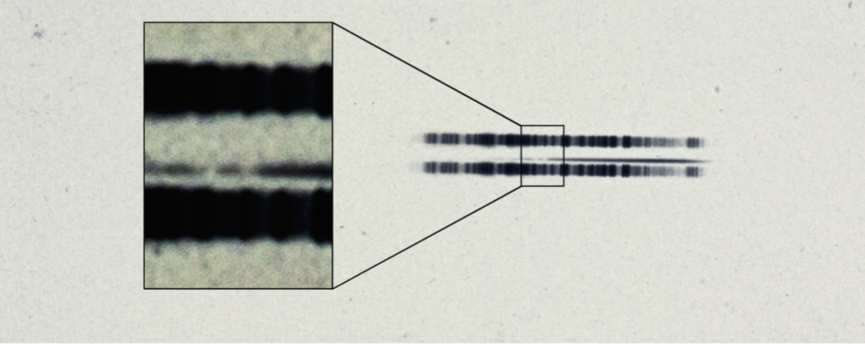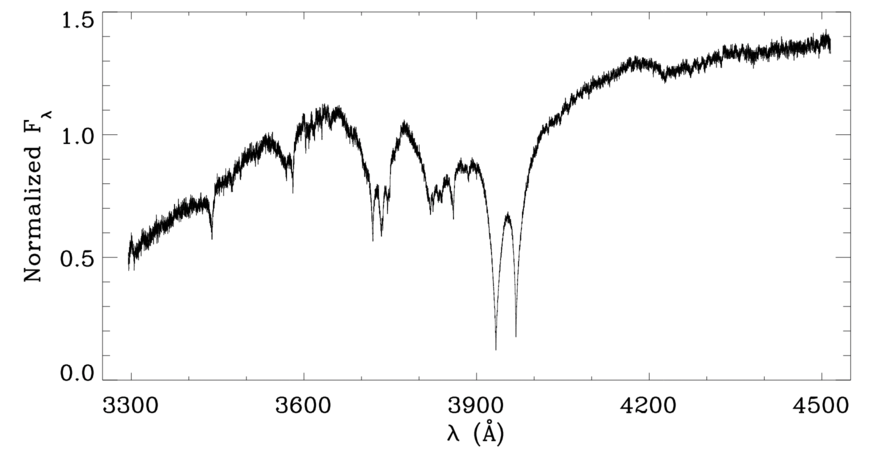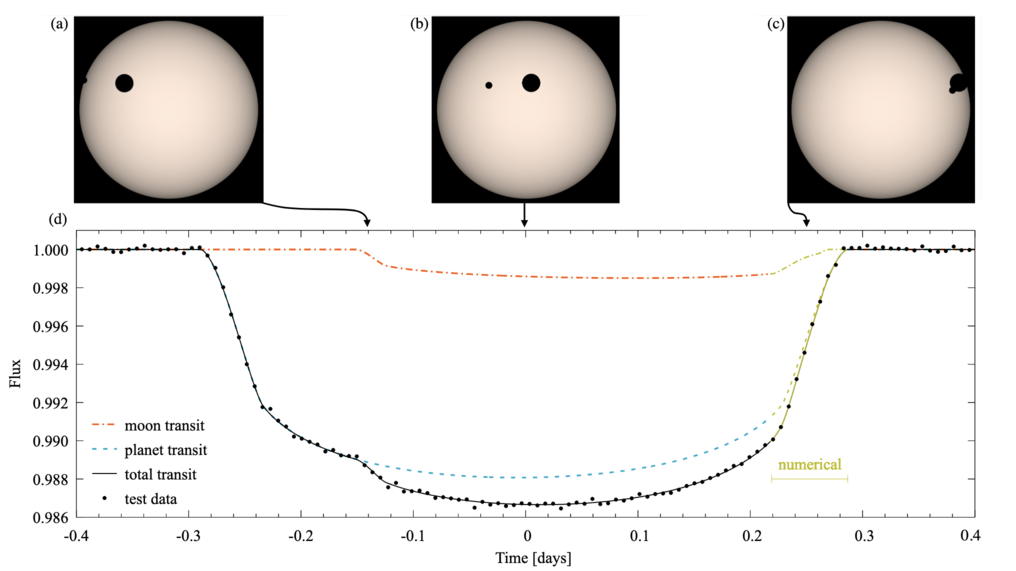
Taken from Figure 2 of Circumstellar Debris and Pollution at White Dwarf Stars
 Copyright © Michael Richmond.
This work is licensed under a Creative Commons License.
Copyright © Michael Richmond.
This work is licensed under a Creative Commons License.
There were two items in the news this week that seemed relevant to this course. Let's discuss them briefly.
Contents
Most people date the "discovery" of the first exoplanets to some time in the late 1980s or early 1990s; it depends on exactly what one classifies as "evidence" or as "a real exoplanet".
However, there is evidence for one particular exoplanet which goes back much farther in time: to 1917, in fact. As described in several places,
the basic idea is that the spectrum of a nearby white dwarf known as van Maanan's Star (aka GJ 35, Wolf 28, and many other names) was taken with the Mount Wilson 60-inch telescope back in 1917 by Walter Sydney Adams.

Taken from Figure 2 of
Circumstellar Debris and Pollution at White Dwarf Stars
The spectrum is unusual for a white dwarf, as it shows a pair of strong absorption lines due to calcium (the Ca H and K lines). The lines appear much more clearly in modern spectra of the star.

Taken from Figure 2 of
Circumstellar Debris and Pollution at White Dwarf Stars
In the atmosphere of an ordinary hydrogen-rich white dwarf, gravity rules: the very strong surface gravity causes the atoms of heavier elements to sink to the bottom of the gaseous regions, leaving a layer of pure or nearly-pure hydrogen at the top. In that case, no lines of heavier elements should appear in the star's spectrum.
Yet in the case of van Maanan's Star, there they are: strong lines due to calcium. What's going on?
The explanation currently in favor is that, at some point in the recent past, other orbit of an asteroid, or other exoplanetary object(s), in this system was perturbed in some manner; as a result, the asteroid fell inwards and crashed into the white dwarf. The heavy elements in the solid body of the object were vaporized, of course, but will remain in the upper atmosphere of the white dwarf for timescales of up to a million years before they diffuse to the lower layers.
And so, that spectrum taken in 1917 was perhaps the first evidence for exoplanets.
In the past few days -- on UT Oct 24 14:24 to UT Oct 27 02:41, to be exact -- the James Webb Space Telescope will be looking at the star Kepler 167 very carefully. The goal is to look for moons circling one of the planets orbiting Kepler 167.
The Kepler Telescope discovered a total of four planets in this system via the transit technique. Three of them are not very unusual: planets a bit larger than the Earth, orbiting with short periods: 4, 7, and 21 days for planets b, c, and d, respectively.
But the fourth planet is quite uncommon for a transit discovery: a Jupiter-sized object with a very long period of 1071 days and a semi-major axis of about 1.9 AU. As the host star is somewhat less luminous than our Sun, this planet resembles Jupiter quite a bit.
Could that similarity extend to "having large satellites?" The Galilean moons of Jupiter are relatively large as satellites in our own Solar System go. If Kepler-167e is surrounded by objects of similar size, we MIGHT be able to detect their transits across the host star as separate events. (The figure below shows a simulated example of how such a transit might be observed).

Simulated transit from Fig 3 of
Hippke, M., and Heller, R., A&A 662, A37 (2022)
That's the plan, anyway. We'll have to wait a few months, I guess, to find out if the team succeeds in finding signals of such exomoons.
For more information, check out
 Copyright © Michael Richmond.
This work is licensed under a Creative Commons License.
Copyright © Michael Richmond.
This work is licensed under a Creative Commons License.